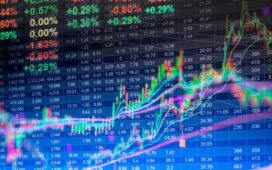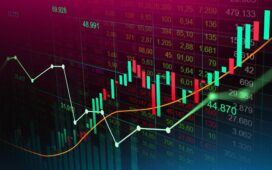While AI trading’s potential benefits are well-documented, numerous hidden costs often remain unnoticed or underestimated. This article explores the less obvious expenses associated with implementing and maintaining AI trading systems. It provides insights for investors, traders, and financial institutions considering or already using these advanced technologies.
Data acquisition and management costs
AI trading systems are based on data. Acquiring, storing, and managing high-quality financial data costs are substantial.
- Data subscriptions – Premium financial data feeds can cost thousands of dollars per month.
- Alternative data – Costs for alternative data sources, such as satellite imagery or social media sentiment analysis, can be even higher.
- Data storage – Storing vast amounts of historical and real-time data requires significant investment in storage infrastructure.
- Data cleaning and preprocessing – Data quality often requires dedicated personnel or additional software tools.
These data-related costs are ongoing and escalate as the AI trading system becomes more sophisticated, requiring more diverse and granular data inputs.
Infrastructure and technology expenses
AI trading systems demand a robust technological infrastructure:
- High-performance hardware – Powerful servers and specialized hardware like GPUs for machine learning can be extremely expensive.
- Low-latency networks – Achieving minimal latency for high-frequency trading often requires costly network upgrades or co-location services near exchanges.
- Cloud computing costs – For systems utilizing cloud services, costs can quickly accumulate, especially for compute-intensive tasks like model training and backtesting.
- Software licenses – Specialized trading software, development environments, and analytics tools often come with hefty licensing fees.
The need to continually upgrade and maintain this infrastructure to stay competitive adds to long-term costs.
Talent acquisition and retention
Developing and maintaining AI trading systems requires highly skilled professionals.
- Data scientists and machine learning experts – These in-demand professionals command high salaries.
- Quantitative analysts (Quants) – Experienced quants who can bridge the gap between finance and AI are particularly valuable and expensive.
- Software engineers – Skilled developers are needed to build and maintain trading infrastructure.
- Domain experts – Financial experts who understand market dynamics are crucial for developing effective strategies.
AI trading often leads to high turnover rates, adding recruitment and training costs to the equation.
Opportunity costs
Focusing on AI trading can incur significant opportunity costs:
- Diverted resources – Resources allocated to AI trading might be taken away from other potentially profitable areas.
- Strategic inflexibility – Heavy investment in AI infrastructure might make it difficult to pivot to other strategies if market conditions change.
- Overreliance on technology – An excessive focus on AI might neglect other trading skills and strategies.
Integration and compatibility expenses
Integrating AI trading systems with existing infrastructure can be challenging and expensive.
- Legacy system integration – Adapting AI systems to work with older, established systems often requires significant effort and resources.
- Data compatibility issues – Ensuring data compatibility across different systems and formats is a complex and costly process.
- Training and adaptation – Existing staff may require extensive training to work effectively with upcoming AI trading systems.
These integration costs are often underestimated but significantly impact the total cost of implementing AI trading systems. In the future, immediate 1a pro air will see new costs and challenges as it continues to develop. Staying informed about these developments and maintaining flexibility in approach will be crucial for successfully navigating the complex landscape of AI trading.









